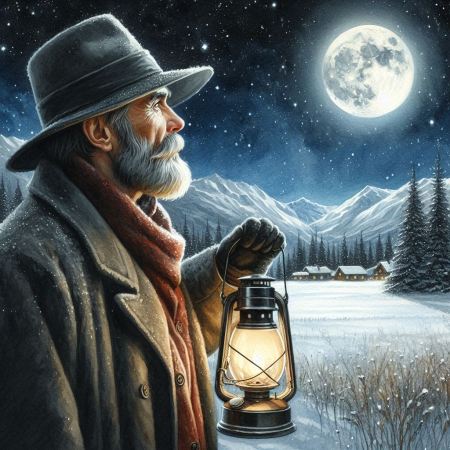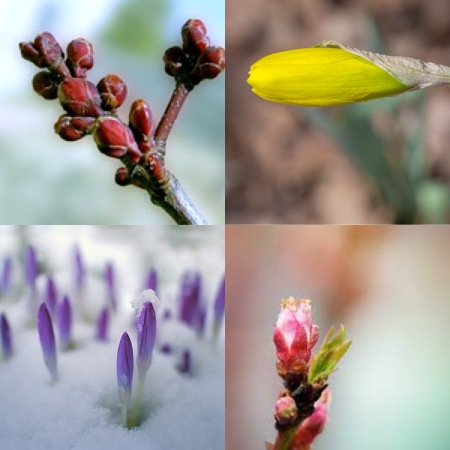The Moon will be full today, April 23, 2024, in 2 hours (7:49 PM) and sunset in Paradelle will be at 7:45 PM (EDT). The Moon rises in the east and sets in the west, like the sun, but the exact time changes throughout the month. The Moon may also rise in the east-northeast or east-southeast, depending on the phase of the moon and the time of year. So tonight, I can watch the sun setting in the west and the Moon rising in the east at the same time.
Commonly called the Pink Moon, it will be visibly “full” for about three days, from yesterday to Thursday morning. If you watch it rising, don’t expect it to appear pinkish in color. Keep in mind that when Full Moons were named by the ancients and also by Native Americans and colonists the name referred to the lunar month rather than one day.

April’s full Moon often corresponds with the early springtime pink blooms. One perennial wildflower native to eastern North America in particular, Phlox subulata, commonly called creeping phlox or moss phlox or moss pink, at one time covered entire hillsides or fields creating a bed of pink under the Moon.
We had lots of it growing on the slope of our “rock garden” when I was a child. My mother called them “mountain pinks.” They have fragrant flowers in the spring but they can be white, pink, lavender, or hot pink. The flowers cover the entire plant when in full bloom, creating a carpet of color. pink or white. The plant has dark green leaves that can remain partially evergreen throughout winter.
The names for these lunar months used by Native American tribes tend to be more interesting to me than the common ones. For April, we could use the Breaking Ice Moon (Algonquin) and Moon When the Streams Are Again Navigable (Dakota). If you are far North, they may be applicable. In Paradelle, ice melted last month. Budding Moon (Tlingit) and Moon of the Red Grass Appearing (Oglala) are two name that reference plants that are appearing, budding or blooming.
For some tribes, it is the appearance or reappearance of certain animals that the Full Moon became associated with, such as Moon When the Ducks Come Back (Lakota), Moon When the Geese Lay Eggs (Dakota), and Frog Moon (Cree).
The name Sucker Moon (Anishinaabe) is an odd one because of our modern associations for that word, but it refers to sucker fish, which return to streams or lake shallows to spawn. Sucker fish are freshwater fish that belong to the family Catostomidae, and there are about 80 species of sucker fish. They are closely related to minnows and carp, and are bottom-feeders with ventral (downturned) mouths and large lips that help them suck up food from the stream bed.

As food, they are an excellent source of protein and healthy omega-3 fatty acids, which help keep the heart healthy and are good for brain development. Unfortunately, they are also known as garbage fish, as they are thought to be undesirable and harmful. However, they are – like other bottom feeder, such as catfish – janitors of the river, keeping the system clean by eating from the riverbed aquatic insect larvae, waterfleas, sideswimmers, snails, clams, algae, other plant matter, decaying matter, and fish eggs.
The Anishinaabe is a group of culturally related Indigenous peoples present in the Great Lakes region of Canada and the United States. According to Anishinaabe legend, this Full Moon or an earlier Full Moon is when this fish comes back from the spirit world to purify bodies of water and the creatures living in them. The sucker fish are honored for their sacrifice in order to to feed the Anishinaabe peoples, traditionally helping them to survive the lean winter.








